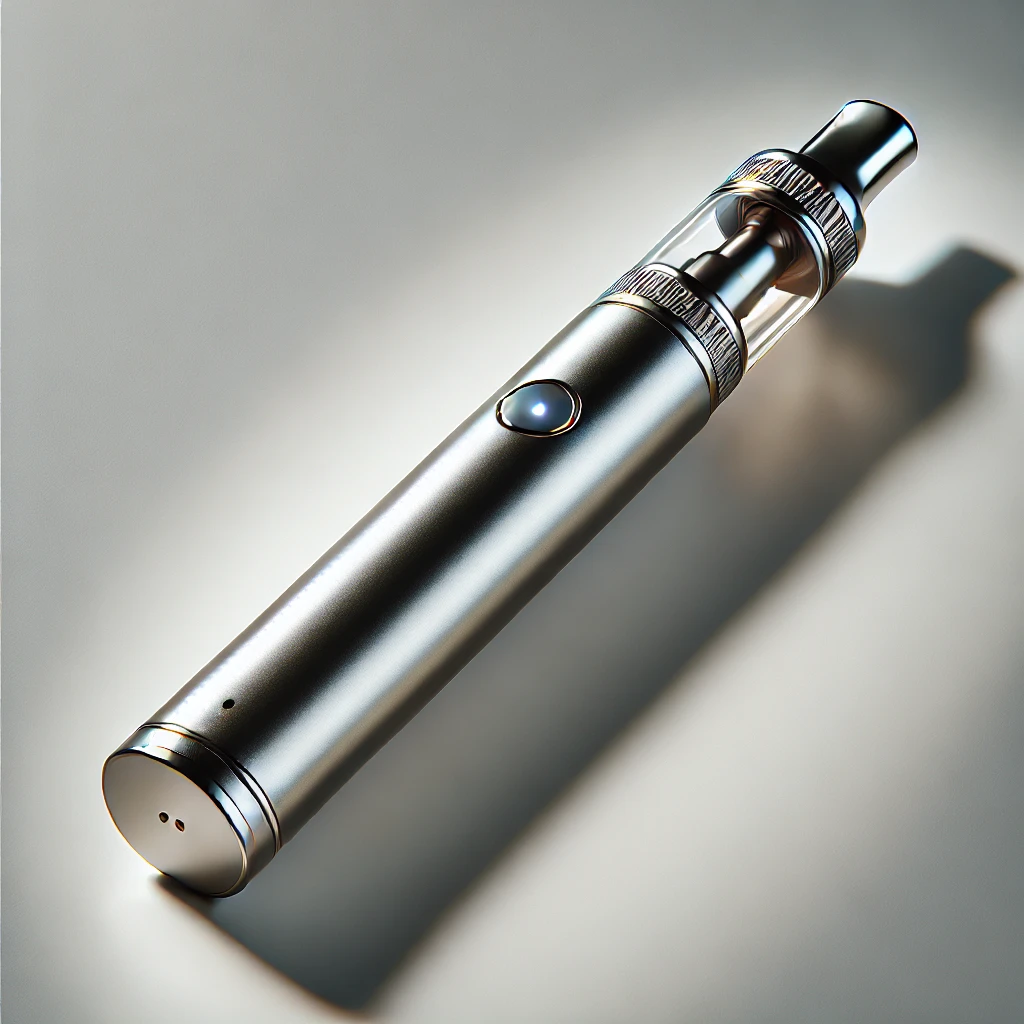Is vaping becoming less popular among teens in Australia?

Professor Nicholas Zwar sees studies suggesting a decline in the number of Australian youths vaping since extensive measures were implemented last year as a positive early indication.
At six-month intervals starting in February 2022, the Generation Vape study project, which was spearheaded by Cancer Council NSW in collaboration with the Daffodil Centre and the University of Sydney, assessed the attitudes and behaviours of 14–17-year-olds nationwide regarding vaping.
The biggest percentage of “never vapers” (85.7%) among that age range was noted in November of last year, just after new vaping regulations were implemented, according to a research issued last month.
The authors characterised it as the highest since they started tracking the effects of new regulations and a “significant change” from the previous six-month survey, when that percentage was 82.8%.
They added, “With fewer teenagers reporting having friends who vape and stronger convictions that they would not vape, even if offered one by a best friend, the social acceptability of vaping appears to have weakened.”
These are encouraging early indicators that suggest teen vaping availability and use in Australia may have peaked.
Professor Zwar, the Chair of the RACGP Smoking Cessation Expert Advisory Group, agrees, although he stated that it will take some time before the full effects become apparent.
It’s still early. Anecdotes suit the bill. According to what I’ve heard, the issue of youth vaping is not as serious as it once was, and parents and schools are finding it simpler to control vaping in their settings.
It’s wonderful to see an effort being made to determine whether the legislative changes are having an effect.
The RACGP played a major role in the comprehensive reforms that were implemented last year. These included laws that prohibited the sale of vapes outside of pharmacies, restrictions on flavouring and packaging, and prohibitions on the import and sale of disposable vaping supplies.
Originally intended to make vapes prescription only, the laws were subsequently softened to permit people over the age of 18 to purchase vapes in pharmacies; nevertheless, minors under the age of 18 are still required to have a prescription in order to purchase vapes.
Another study conducted by the South Australian Health and Medical Research Institute (SAHMRI) was recently highlighted by the Federal Government. It revealed that vaping rates in that state decreased by one-third in 2024 as compared to the year before.
Those researchers found that vaping rates fell most sharply, by 46%, among people aged 30 to 59.
Meanwhile, according to Professor Zwar, access-related problems are still not fully resolved.
Despite the penalties and seizures, vape shops are still openly selling illicit vapes in most parts of the country, including the Gold Coast, where I live. It also appears that the amount of prosecutions hasn’t stopped this.
Since the rules were passed, some vape businesses have shuttered, while others are still selling illegally.
Access is still an issue since everyone is aware of that.
He drew attention to discrepancies in the monitoring and supervision of the vape supply, pointing out that while vapes can be prescribed to minors under the age of 18, pharmacies are not permitted to dispense them in certain locations.
But he also thinks the latest data points to a potential change in attitudes, which he thinks might have been brought about by the crackdown’s effect on prices.
I believe that people’s perceptions have shifted from the idea that these items are just nice and safe to use. Zwar, the professor, stated.
Another factor is that, as a result of the regulatory changes, they are now much more expensive.
According to Professor Zwar, the typical price of an illicit vape has gone up from $15 to $20 to about $70 in his area, and he thinks this trend is probably going to be similar throughout Australia.
Adolescent smoking has shown us that adolescents are more price sensitive than adults when it comes to their nicotine use.
Australia was the first country in the world to implement such stringent regulations to regulate the sale of vapes and restrict their supply to pharmacies.
According to the Generation Vape research, one of the “driving forces” for the new laws was an effort to shield youth from the negative effects of vaping and the tobacco industry’s abuse.
International observers are keeping a careful eye on Australia’s regulatory impact. The UK indicated last year that it intended to enact significantly more stringent regulations governing the sale and distribution of vapes.
Professor Zwar thinks that because of the history of nicotine and the way it is sold, the impact of the reforms will need to be closely watched.
Constant vigilance is necessary because there will be new ways for those with a business interest to try to get this addictive medication to individuals, even young people.

